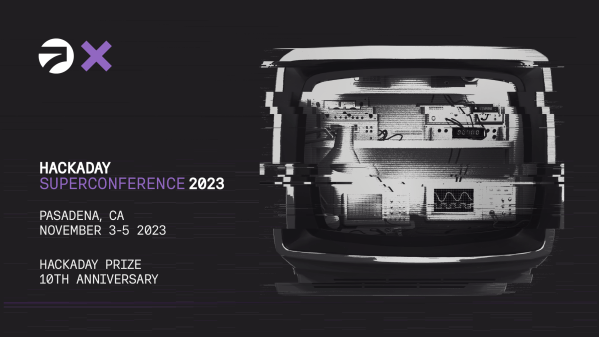Two RUDs are better than one, right? That might be the line on Saturday morning’s briefly spectacular second attempt by SpaceX to launch their Starship vehicle atop a Super Heavy booster, which ended with the “rapid unscheduled disassembly” of both vehicles. The first attempt, back in April, had trouble from the get-go, including the rapid unscheduled partial disassembly of their Stage Zero launch pad, followed by rapid but completely predictable disassembly of a lot of camera gear and an unfortunate minivan thanks to flying chunks of concrete.

Engineering changes helped keep Stage Zero more or less intact this time, and the Super Heavy booster performed flawlessly — for about three minutes. It was at that point, right after the start of the new “hot staging” process, where Starship’s six engines light before the booster actually drops away, that the problems started. The booster made a rapid flip maneuver to get into the correct attitude for burn-back and landing before disappearing in a massive ball of flame.
Reports are that the flight termination system did the deed, but it’s not yet exactly clear why. Ditto the Starship, which was also snuffed by the FTS after continuing to fly for about another five minutes. Still in all, the SpaceX crew seem to be ecstatic about the results, which is understandable for a company with a “move fast, break things” culture. Nailed it.


















